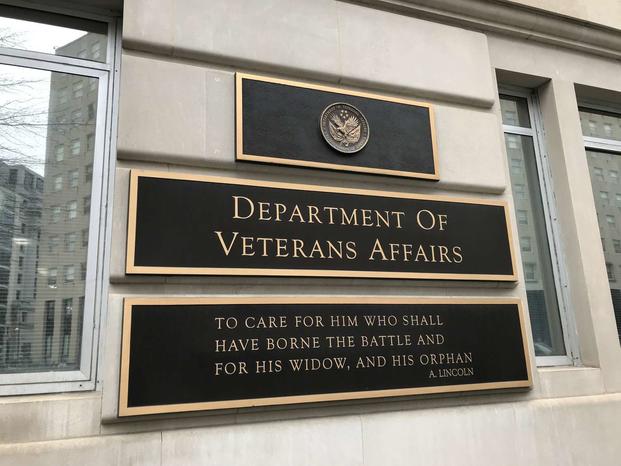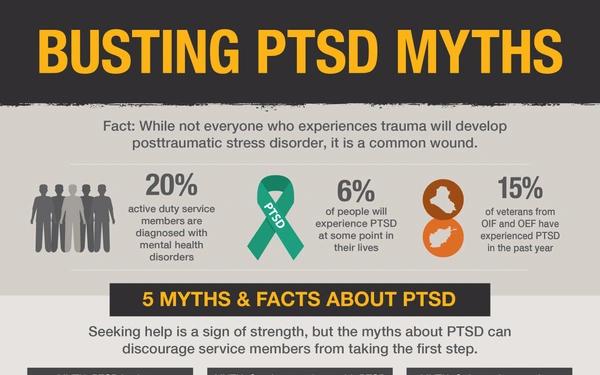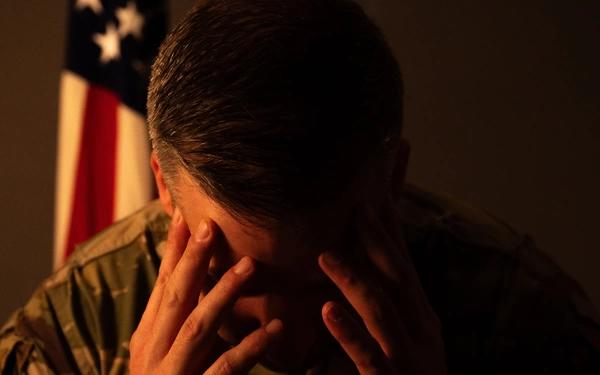Across the country, veterans are facing increasing difficulty scheduling and keeping therapy appointments through the Department of Veterans Affairs. Reports from patients and clinicians alike point to a troubling pattern of cancellations, shortened therapy durations, and internal pressure to reduce long-term individual sessions, raising questions about how the VA delivers mental health care to those who need it most.
Cancelled Sessions and Broken Continuity
Veterans have reported a surge in cancelled appointments, sometimes moments before therapy is set to begin. In one case, a veteran logged into a telehealth session only to be told the appointment had been cancelled and would need to be rescheduled months later. According to VA data obtained by Military.com, the agency’s mental health appointment cancellation rate averaged 10.6% from 2020 to 2023, peaking at 12.1% in 2020 and dropping slightly to 9.2% in 2023.
An investigation by the VA Office of Inspector General (OIG) found that some facilities, such as the Hinesville VA clinic in Georgia, were using unofficial scheduling spreadsheets instead of the department’s centralized system. As a result, dozens of veterans were left waiting weeks or months for care, and 59% of those reviewed did not complete even three therapy sessions, likely due to scheduling delays. These disruptions have a cascading effect on treatment outcomes, especially for veterans managing PTSD, depression, or anxiety, where consistency and therapeutic rapport are essential.
What’s more, staffing and scheduling systems themselves show structural flaws: a recent Government Accountability Office (GAO) review found the VA’s scheduling systems lack reliable tracking of delays and reasons for scheduling failures, impairing oversight and improvement efforts.

Internal Pressures
Beyond logistical breakdowns, a deeper concern has surfaced among VA clinicians who say they are being pressured to “step down” veterans from individual therapy into group programs or discharge them altogether. In interviews with The War Horse, current and former VA mental-health providers described receiving directives that limited one-on-one therapy to as few as 6 to 24 sessions, regardless of ongoing clinical need.
One clinician shared internal correspondence instructing staff to terminate treatment for patients who had been receiving long-term psychotherapy and were “functionally stable.” Veterans affected by these changes expressed frustration, arguing that even when their symptoms were under control, therapy remained vital to maintaining progress. Susan Carter, director of media relations at VA, publicly denied that any such limits exist by stating, “This is false...if the veteran still has clinical care needs, there are no limits on the number of VA appointments a veteran can have in mental health or any other areas.” Still, the accounts of practitioners suggest a growing tension between administrative efficiency and individualized care.
From a clinical-outcomes perspective, this trend raises red flags. The VA-DoD Clinical Practice Guideline for the management of PTSD states clearly that effective therapy often requires longer-term, structured, individualized interventions and emphasizes follow-through to achieve sustained remission. When frequent disruptions or premature stepping down occur, there is an increased risk of relapse or worsening symptoms.
Structural Strain and Staffing Shortages
Part of the problem appears rooted in systemic strain. VA has acknowledged that 66 of its 140 health systems reported “severe shortages” of psychiatric professionals, contributing to appointment delays and case backlogs. In some regions, clinicians handle workloads exceeding recommended caseloads, making it difficult to sustain weekly sessions for every patient.
The department’s technology infrastructure has also lagged behind demand. Facilities that fail to fully adopt centralized scheduling tools or rely on outdated manual tracking risk misplacing patient data or overlooking veterans due for follow-up. These structural flaws compound the psychological burden on veterans who must repeatedly re-explain their cases to new providers, undermining the trust and stability required for treatment to be effective.
This is not the first time VA has faced major scrutiny over scheduling, access, and capacity issues. Critics note that after the high-profile Phoenix scheduling scandal in 2014, which led to the Veterans’ Access to Care through Choice, Accountability, and Transparency Act of 2014, reforms largely focused on reducing wait times and expanding external care rather than enhancing internal continuity of treatment or clinical decision-making. The recurrence of access issues for mental health therapy suggests structural reforms may have improved surface metrics like time to appointment, but not necessarily the depth, sustainability, or overall quality of care.

Consequences for Veterans
In response to oversight findings, VA has emphasized new hiring initiatives, telehealth expansion, and shorter wait times (again). After the Georgia OIG report, the department noted the site’s average time for mental health appointments improved to 2.3 days, calling it one of the best in the system. Many advocates argue that such statistics obscure the more fundamental issue – whether veterans are actually receiving the type and duration of therapy they need.
For veterans with PTSD and related conditions, consistency and duration of therapy are critical. Research shows that long-term, structured individual treatments lead to better outcomes, and interruptions can undermine these gains. For example, sustained exposure therapy or cognitive processing therapy requires multiple sessions over months to be effective.
When therapy is cancelled, delayed, or shifted prematurely to lower-intensity formats (such as group therapy) for cost-scheduling reasons, veterans and clinicians alike feel the impact. One Marine veteran said, “Every time I start to open up and trust someone, they are gone.” That disruption not only harms individual recovery but erodes trust in the VA system, which is particularly problematic for a population already vulnerable and often skeptical of care.
The result, veterans say, is a growing sense of resentment. Many describe the emotional toll of preparing to open up in therapy, only to have their appointments repeatedly rescheduled, or sometimes even replaced with group sessions that do not address their individual needs. For anyone coping with trauma, the loss of therapeutic continuity can undo months of progress.

Restoring Trust
Lawmakers and veteran advocacy groups are increasingly calling for improved transparency and accountability. For instance, a bipartisan Not Just a Number Act would require the VA to analyze which benefits and services have the greatest impact on veteran suicide prevention and to publish annual reports accordingly.
From a policy and oversight perspective, the lack of published facility-level data on cancellation rates, therapy duration, and provider caseloads makes benchmarking and accountability difficult. The GAO has called on the VA to clarify and standardize its definitions of wait times and scheduling metrics, pointing out that inconsistent data hamstrings meaningful reform. Advocates argue that ensuring clinical discretion should govern decisions on therapy frequency and duration rather than just capacity metrics.
While VA maintains there are no formal limits on therapy sessions, veterans’ experiences suggest access is being shaped less by medical judgment than by institutional capacity. Many veterans fear the promise of comprehensive, individualized mental health care at VA will remain out of reach until systemic barriers such as staffing shortages, scheduling failures, and administrative pressures are addressed.
What to Watch
Several developments bear close attention. First, how VA responds to GAO recommendations about staffing, scheduling system modernization, and provider workload measurement will set the tone for access improvements. Second, whether the VA expands tele-mental health and community care options without sacrificing continuity of individual therapy is a key test. Faster access is always valuable, but pointless if the care is shallow. Third, the implementation of legislation like the Not Just a Number Act could tie therapy access outcomes (not just appointment numbers) to policy. Finally, restoring veteran trust through transparent data and clinician-driven decision-making is critical – without it, veterans may continue to disengage from the system.
While VA maintains there are no formal limits on therapy sessions, veterans’ experiences and systemic oversight findings suggest access continues to be shaped in practice by administrative capacity and efficiency pressures. Until structural barriers like staffing shortages, scheduling failures, and administrative pressures are genuinely addressed, many veterans feel the promise of comprehensive, individualized mental health care remains out of reach.
















